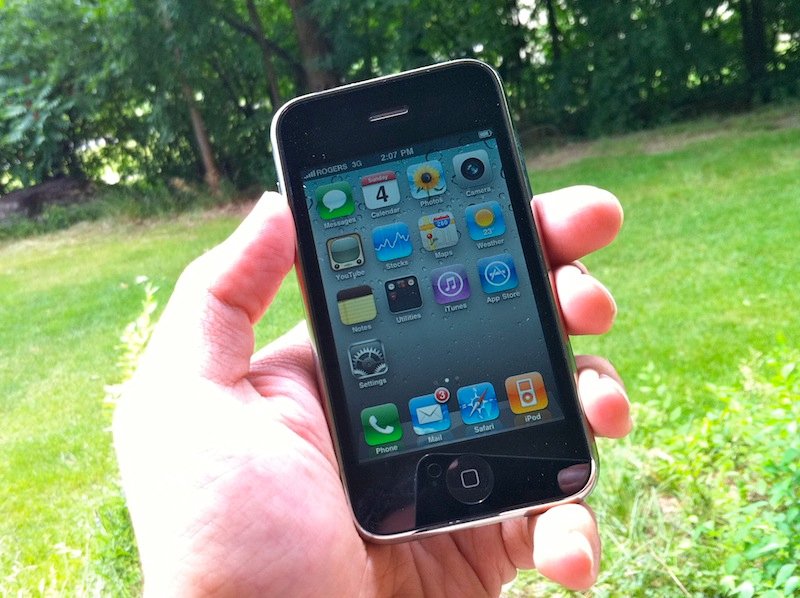Yes, we're really reviewing the iPhone 3GS 8GB, Apple's other huge smartphone release for 2010. It went on sale the same day as iPhone 4, in many more countries around the world than iPhone 4 did, and importantly -- in the US it's now $99 on AT&T contract.
Let that sink in for a moment. A couple weeks ago iPhone 3GS was still one of the best smartphones on the market. Since making it's debut in June 2009 (when we reviewed the original), it's stood the test of time against the Palm Pre, BlackBerry Storm 2, Motorola Droid, Google Nexus One, Palm Pre Plus, HTC Droid Incredible, and Evo 4G. Sure, other phones began pulling ahead in terms of raw specs and feature sets, but iPhone 3GS maintained its edge through a combination of overall elegance, usability, and ecosystem.
The only other thing that's changed between then and now -- aside from the price drop and reduction of storage that came with it is -- the arrival of iPhone 4.
For many people who want an iPhone, iPhone 4 will be the easy choice. But just like last year when Apple dropped the iPhone 3G to $99, it's not the only choice.
Total cost of ownership (TCO -- what you pay including the phone and the carrier contract) be damned, some people want a budget smartphone. Some people want to walk into the store, drop not a penny more than $99, and walk out with an iPhone. This year, those people can do just that and what they're leaving with is not only an iPhone 3GS, but an iPhone 3GS running iOS 4.
And that's worth a review.
iPhone 3GS hardware
In almost every way the 2010 iPhone 3GS is identical to the original 2009 iPhone 3GS. The only difference is that, while the original iPhone 3GS came in 16GB and 32GB, and in black and white models, the 2010 iPhone 3GS comes only in 8GB and only in black. (And it no longer indicates the size on the back of the device).
We did a complete iPhone 3GS hardware review when it debuted last year. Regular readers can skip ahead right now. New readers, here are the basics.
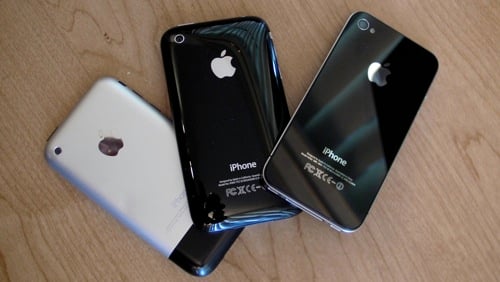
Screen
iPhone 3GS has an oleophobic coating that won't make it harder to smudge your screen but will make it easier to wipe those smudges off. At 480x320 it's not as big as some of the new Android phones. Likewise, it's not as sharp as the quadruple density Retina Display on iPhone 4, but it's still plenty sharp enough to run those hundreds of thousands of apps in the iTunes App Store and browse the countless pages of the Internet on Safari.
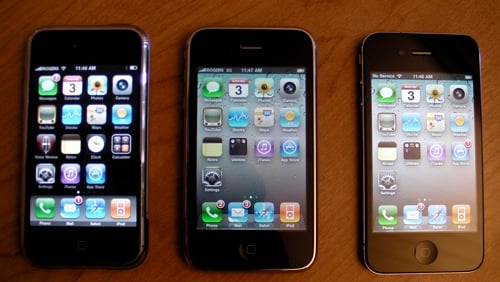
Performance
A snappy ARM Cortex A8 CPU and PowerVR SGX GPU power iPhone 3GS. This is essentially the same guts as iPhone 4 but not wrapped up in Apple's special speed-boosting, power-sipping A4 system-on-a-chip.
What that means is performance is still very good. It's not quite as fluid as the latest, greatest iPhone, and it doesn't get quite as much battery life, but it'll get you through a day of light to moderate use, and there are tons of battery packs and chargers on the market to handle even hardcore road warriors.
RAM is 256MB, half what's in iPhone 4, but aside from the number of web pages and apps it can keep in memory at one time, you'd be hard pressed to tell the difference in daily use.
Where you might notice some speed differential is data. iPhone 3GS has the same HSPDA 7.2Mbps 3G downloads but no HSUPA highspeed upload, so sending your pics to friends or the cloud will take longer. Likewise, it has 802.11 B/G Wi-Fi but no N. If you have an N router, that means you don't get to take advantage of the extra range and speeds.
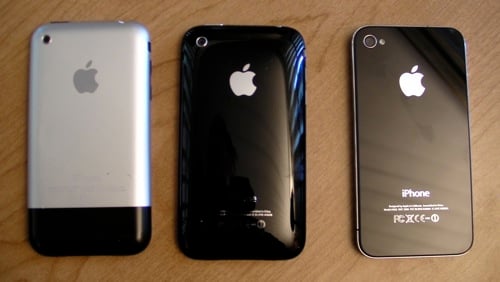
Camera and video
A 3 megapixel camera with VGA-quality video recording tops out iPhone 3GS. That's the bad news. No 5 megapixel, big, back-illuminated sensor with 720p HD recording like iPhone 4. The good news is, iPhone 3GS still takes better pictures and records better video than it has any right to.
For internet use, it's just fine. For well-lit still, it's downright serviceable. Tap-to-focus and the rest of the software has a lot to do with that, however.



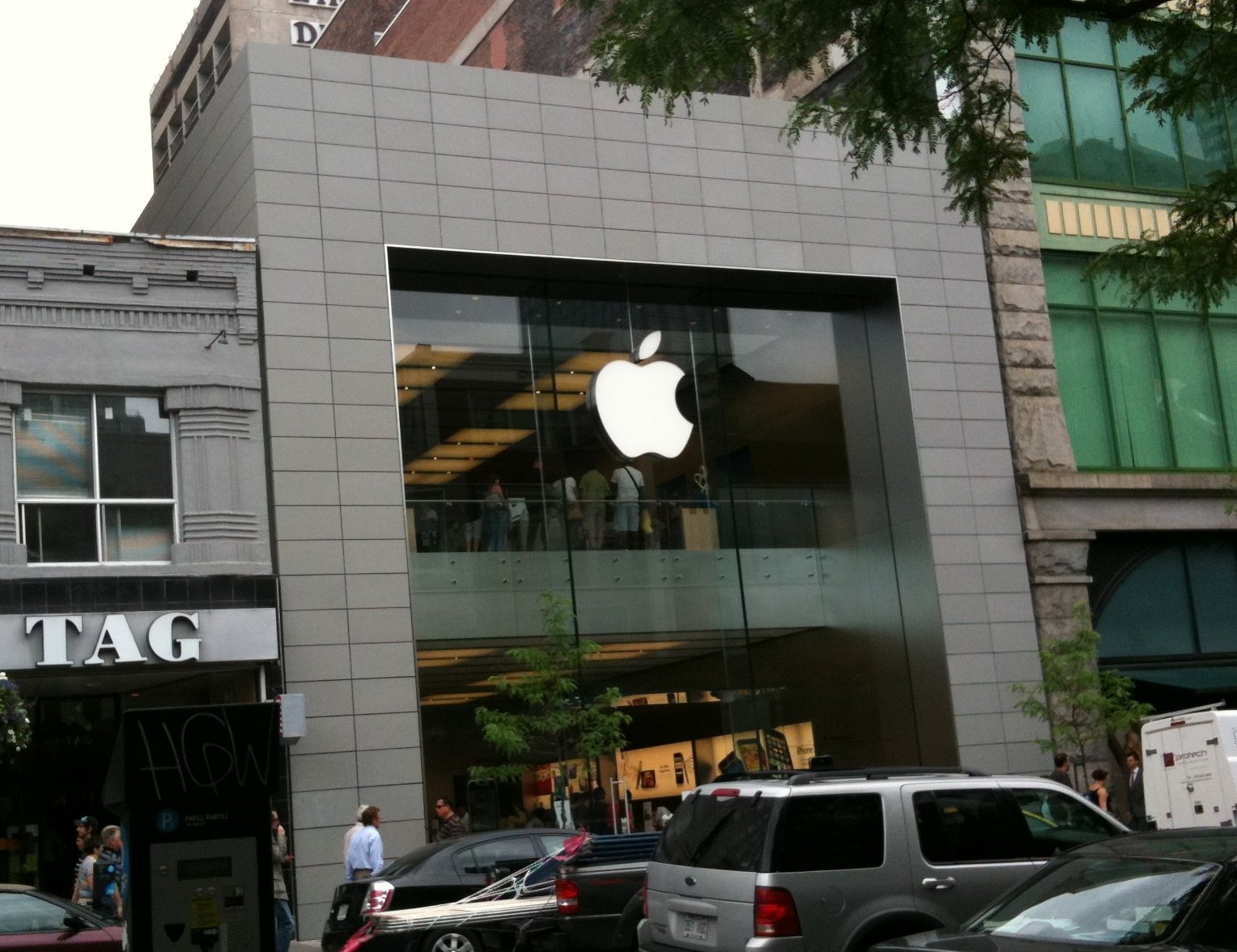
Form factor
Outside iPhone 3GS still has the same look as last year as well, which was also the same look as 2008's iPhone 3G, but if you're in the market for a budget smartphone you're no doubt aware that having the same form factor means you can use all the same accessories everyone has been making, buying, and reselling for the last 2 years. That's a huge market and a cheap aftermarket right there.
As to the design itself, it might seem a tad dated compared to the double glass and stainless steel slab of iPhone 4, a little chrome around the edges and rounded along the back, but it's still nicer looking than many more modern competitors. It's got that Apple aesthetic while others are looking more like our old 1980s Hasbro toys but with little of the transforming fun.
It still feels solid, it still feels slippery. It's still got just the right heft and just the right feel in the hand.
You get the idea. The hardware here isn't the story. (Other than how much you get for $99.)
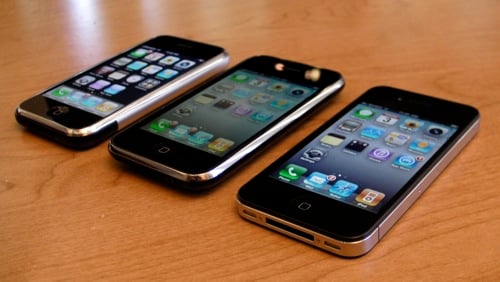
iOS 4 software
The 2009 iPhone 3GS shipped with iPhone 3.0 software. the 2010 iPhone 3GS ships with iOS 4. On the surface, that difference might just seem like a new name and a few new features, but as is often the case with Apple updates, it ends up being more than the sum of its parts.
We've done a massive iOS 4 walkthrough on the iPhone 3GS and aside from hardware specific features like FaceTime, Retina Display, and gyroscope support, the bottom line is iPhone 3GS users are getting the same software that makes iPhone 4 great.
Again, frequent readers can skip ahead. New readers, here are your highlights.
Everything you need to know about iOS 4 on iPhone 3GS in 10 minutes
Multitasking
Multitasking is the big new feature here. Apps have to add support for it, but when they do you get fast app switching so you can leave a game, answer an SMS, then go back and keep playing right where you left off. You get task completion so you can start uploading your pictures to Facebook or Flickr, go check your Twitter feed, and they'll just keep going while you're gone. You get background audio to listen to Pandora while you surf the web, background location to get TomTom directions while you take a call, and background VoIp to answer a Skype-like call even when you're not in the app. You get local notifications for alarms. And you get widget-like controls for orientation lock and background audio playback.
It's not full on desktop class multitasking, but it's a good compromise between what most users want to do, and preserving battery life and performance while doing it.
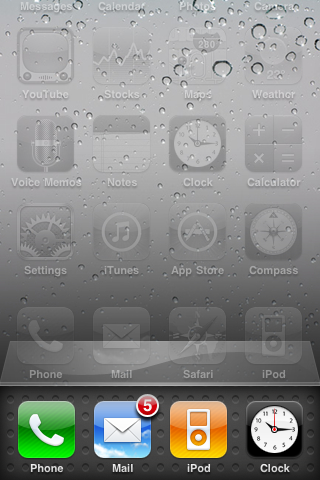
Folders
Folders let you organize your apps into groups of up to twelve. That means app fanatics are no longer constrained by the 180 available slots on the 11 home screens. 2160 is now the limit. Drag and drop folder creation and addition and smart folder naming (using App Store categories as the foundation), make it super simple to use, even if it will ultimately prove too simplistic for power users.
Apple will probably have to abandon their app launcher-centric interface eventually, but they're doing a good job preserving user orientation and context, and expanding it step by step in the meantime.
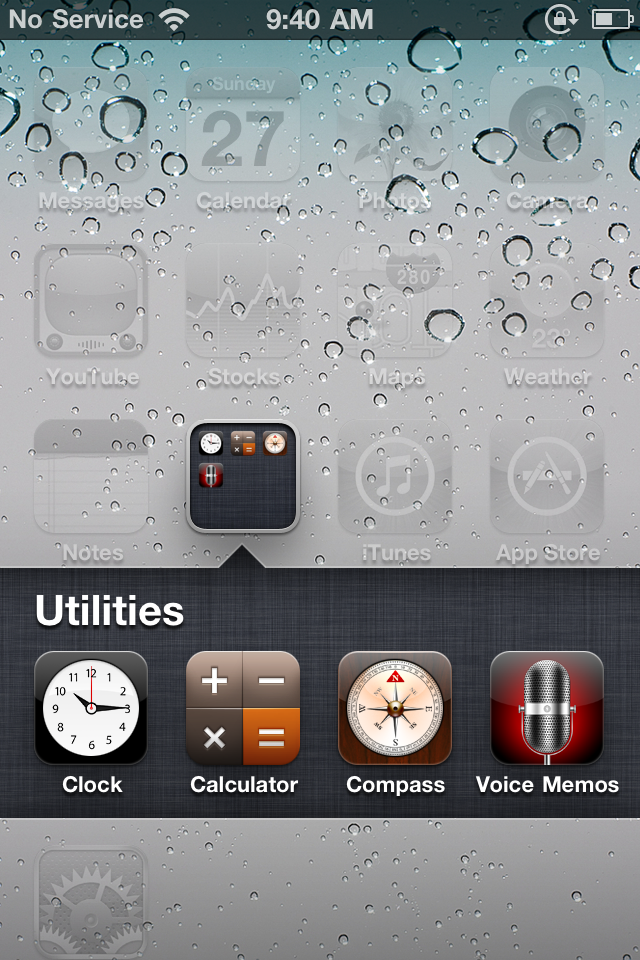
Wallpaper
iOS 4 takes a baby step towards customization with separate wallpapers that can be set for either the lock screen, home screen, or both. Yes, you can finally have your iPhone background, your way. (Or Apple's way if you prefer, they include a bunch of new wallpapers that look good without clashing with the icons you'll invariably have on top of them.)
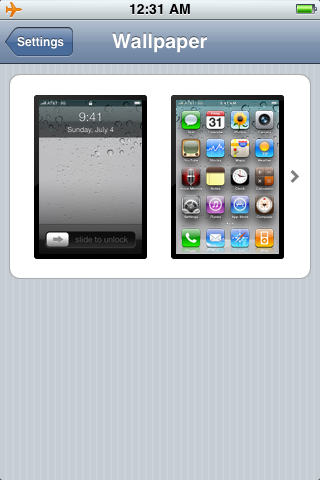
Multiple ActiveSync accounts let you have your work Exchange and your home Google accounts pushed effortlessly to you at the same time. It just works.
A unified inbox lets you look at all your new mail, all at once, if you so choose. Threaded messaging lets you keep track of an entire conversation, even if its possible to lose track of where what message is in what conversation at the same time.
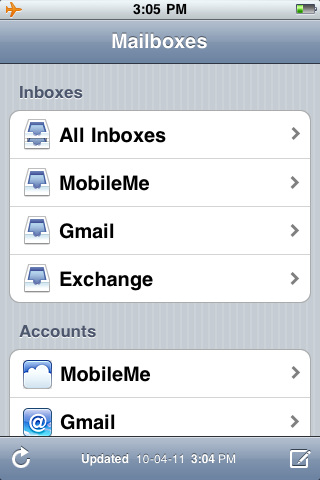
And more...
Expanded data detectors that recognize package tracking numbers, spell check and correct, Bluetooth keyboard support, Spotlight search now includes Google and Wikipedia, tap-to-focus for video recording, search suggestions and increased HTML5 support in Safari, and the list goes on and on.
And Apple's not stopping. Coming later this year, Game Center is supposed to be Xbox Live! for iOS with leader boards, achievements, and a social network tying you together with all your friends.
Most importantly, iOS 4 on iPhone 3GS performs well. We've had almost no lag, almost no freeze. Everything from transitions to typing, app launch to game performance has been smooth and snappy.
It may not seem like it if it's your first iOS device, or once you get used to iOS 4, but if you ever switch back to iPhone 3.0, you quickly appreciate just how much of a "new phone" iOS 4 makes the iPhone 3GS.
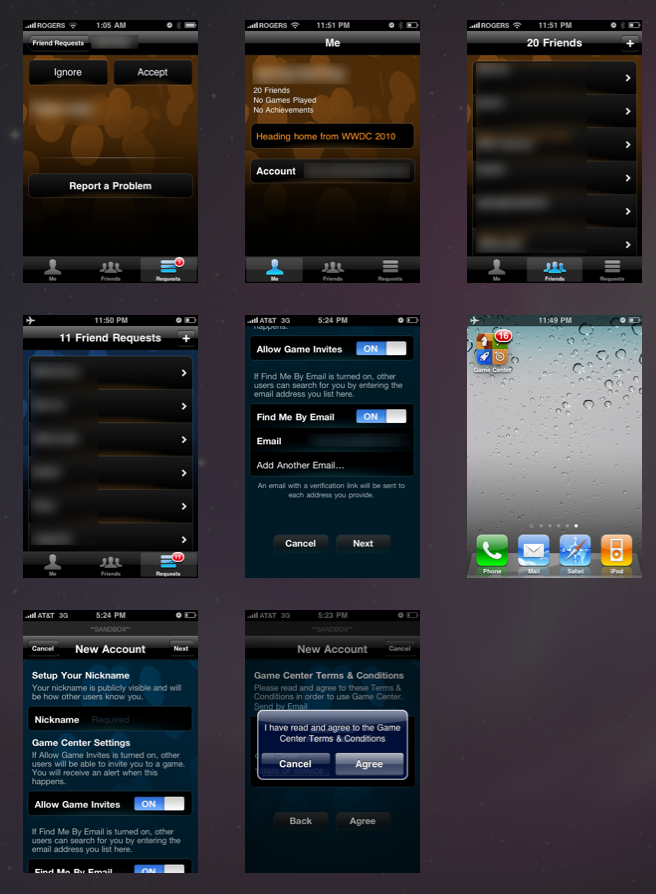
Where the $99 iPhone 3GS fits
At $99 iPhone 3GS 8GB isn't competing against other high-end smartphones. It's not going up against whatever's the best Android phone of the week or taking on BlackBerry's flagship in the Enterprise.
It's competing against low end Windows Phones, BlackBerry Pearl and older Curves, past-their-prime Androids like Hero, some of which better serve niche requirements but none of which really match iPhone 3GS in terms of the whole package. Still capable hardware running iOS 4 is a tough combination to beat, especially at $99.
About the only other interesting phones at that price point are the currently deeply-discounted Palm Pre (Plus) and Palm Pixi (Plus). They're pretty much last year's hardware with this year's OS, like iPhone 3GS, and they're excellent products but they don't have the ecosystem iPhone and iPod has. They don't have iTunes media or the huge App Store. If you're on Sprint or Verizon, they're a great alternative. If you're on AT&T, they're a carefully considered choice.
(Note, we had a whole paragraph here about the value of iPhone 3GS vs. Micosoft's new KIN platform at the budget price point, but Microsoft went and canceled it already. The only take away from that sometimes it pays to invest in a device and ecosystem you can reasonably expect to be around for a while.)
If you had an older iPhone, however, or you've been using an iPod touch or iPad and want to get in on the iPhone, a lot of the accessories (cables, headsets) and likely all the apps and media you've already bought will just work with iPhone 3GS. That's a huge savings on ecosystem.
So, if AT&T is a good carrier for you, $99 for an iPhone 3GS is almost too good a deal to pass up. About the only thing you need to consider is that pesky total cost of ownership (TCO) we mentioned at the beginning. Unlike cheapy messenger phones, iPhone 3GS requires a real data plan. Even with AT&T's new capped, tiered plans, a 2 year contract on both data and voice, with SMS and other options will run you a couple grand. $99 up front sounds great, but the difference between $99 iPhone 3GS and $199 or $299 iPhone 4 over those two years is tiny.
If the plan isn't a problem but the up front cost really is, iPhone 3GS 8GB ($99) is half the price of iPhone 4 16GB ($199), and a third the cost of iPhone 4 32GB ($299).
If you want a second or third (or even fourth) phone for the family, if your tween wants to move up from the iPod touch, if you just want another iPhone as backup or for development, the up front savings could well be worth it.
One more thing...
You can also get the iPhone 3GS 8GB SIM-free and unlocked directly from Apple around the world, even in countries where iPhone 4 won't be available until the end of July or September.
Since an officially unlocked iPhone can be updated or used without any of the concerns associated with a Jailbroken and unofficially unlocked iPhone, if the higher price (around US$600 but prices vary by region) doesn't dissuade you, it's great for travelers or for those who want to use an iPhone in areas where none is yet sold.
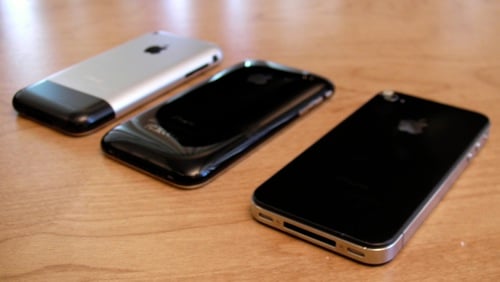
Conclusion
If you're getting an iPhone and up-front cost isn't an issue, get an iPhone 4. The small difference in price is more than made up for by the step up in hardware, and features like FaceTime. If you're not convinced, read our iPhone 4 review and talk about it in our iPhone Forum before you decide.
If $99 is really the limit for you, iPhone 3GS with iOS 4 is an amazing budget smartphone, arguably the best on the market when you take hardware, software, and ecosystem together.

Rene Ritchie is one of the most respected Apple analysts in the business, reaching a combined audience of over 40 million readers a month. His YouTube channel, Vector, has over 90 thousand subscribers and 14 million views and his podcasts, including Debug, have been downloaded over 20 million times. He also regularly co-hosts MacBreak Weekly for the TWiT network and co-hosted CES Live! and Talk Mobile. Based in Montreal, Rene is a former director of product marketing, web developer, and graphic designer. He's authored several books and appeared on numerous television and radio segments to discuss Apple and the technology industry. When not working, he likes to cook, grapple, and spend time with his friends and family.
